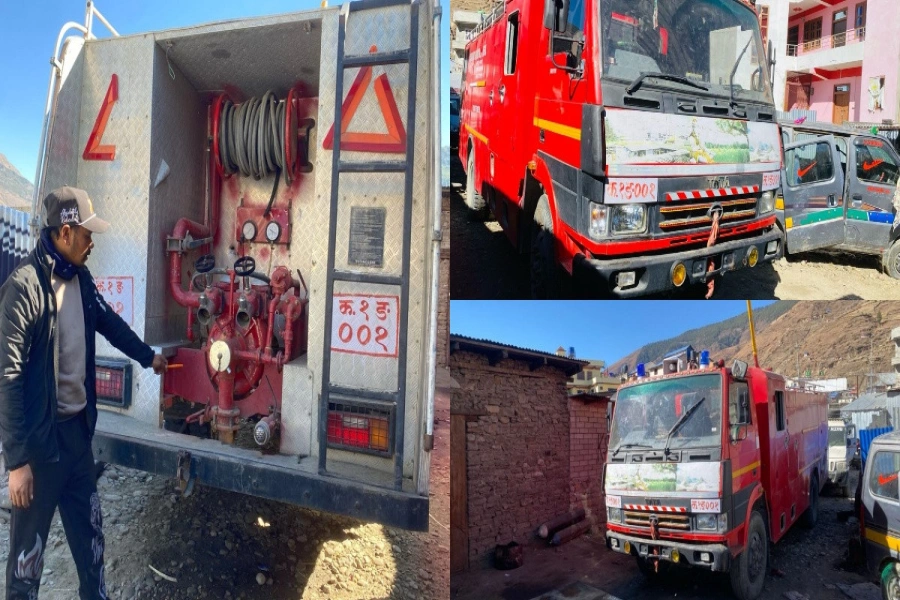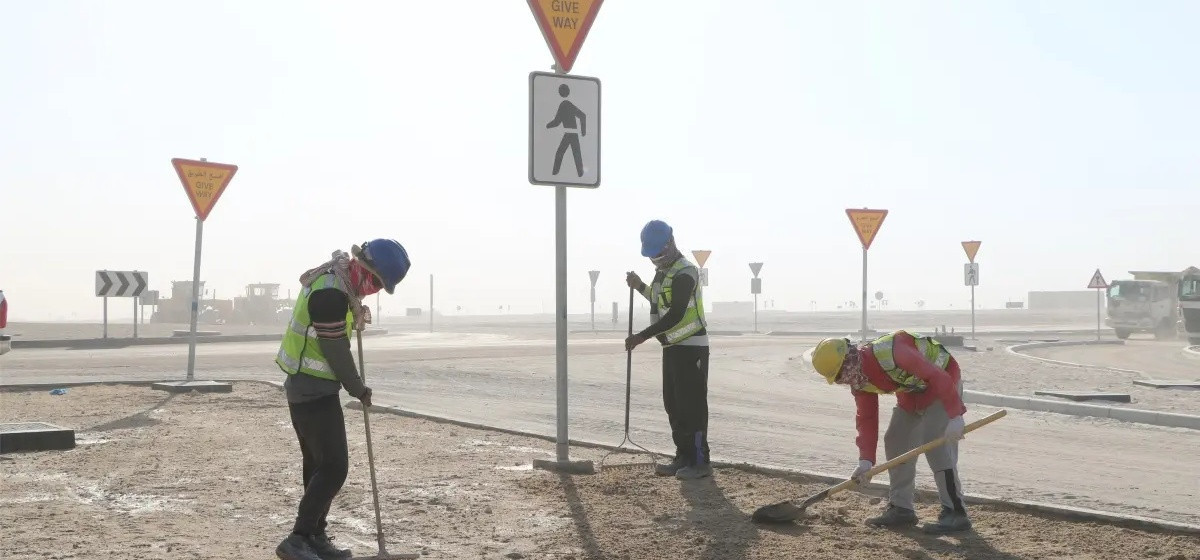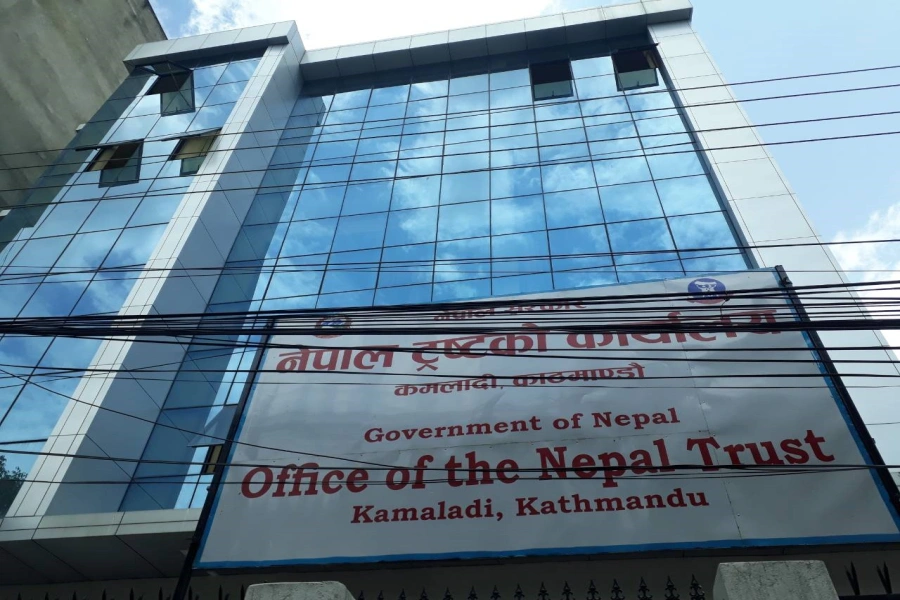Climate change is an imminent threat to the global environment, and one of the leading causes of climate change can be seen in under-developed countries like Nepal where 25.2 percent of the people are living below the poverty line. Nepal has seen many disasters caused by climate change, such as the melting of snow-caps on mountains and glaciers which has further led to calamities like floods.
Climate change is a serious issue and its recent impact has been felt in the Hindu Kush Himalayan (HKH) region. Intergovernmental Panel on Climate Change’s (IPCC) 4th Assessment Report declared the HKH region as a ‘white spot’ because of its climatic vulnerability. The most sensitive indicator of changing climate is measured with the number of glaciers. Nepal being a part of the HKH region as a country with an abundant numbers of glacier, however, people are witnessing changing climates like the Glacier Lake Outburst Flooding (GLOF), drought and global warming. The disasters and floods that occur downstream take hundreds and thousands of lives every year. The sediments that these flooding rivers bring change the succession stage of the lower lands, alter the ecosystem and affect the food-web.
As temperatures rise, Ahmedabad car owner allegedly coats vehic...

Nepal is ranked as the 14th most climate vulnerable country. The Global Climate Model (GCM) projection has indicated that the temperature of Nepal will increase by 0.5˚C and 2˚C with a mean temperature increase of 1.4˚C by 2030. If the temperature increases at this rate, two types of impacts will be felt. First, the quick and visible impacts like GLOF, hotter summers, severe winter droughts and the Bishyari floods (floods that occurs after landslide or a change in the direction of river-flow); and the latter impacts are unpredictable cyclones, land avalanches and forest fires.
Climate change has made it difficult for Nepali farmers to produce adequate food. Changed precipitation pattern, decreased soil moisture, unfavorable temperature has decreased the total food production. Increasing temperature has also increased the spread of epidemic diseases. Calamities have also affected the ecological habitat of biodiversity; decreasing wildlife density while increasing the upward migration of animals and birds. Four mammals and seven species of birds have already turned extinct from Nepal because of the impacts of climate change. The accelerated temperature has also affected the reptilian population as only female ‘Ghariyal’ crocodile are left.
It is very urgent to address the problems of increasing temperature before it’s too late. The good news is Nepal is ranked first amongst countries that have implemented Local Adaptation Plan of Action (LAPA); thus we can conclude that the government is taking this problem seriously. But, the LAPA framework needs to be more effective, policies on the carbon tax must be formulated to lead the country towards negative carbon emissions. The remote areas in the Himalayas need more skilled manpower to help them adapt to the changes. Every person should be well aware about climate change and must try to reduce their carbon footprint because we must stop climate change before it changes us.
The writer is a student of Forestry at Institute of Forestry, Pokhara.




































